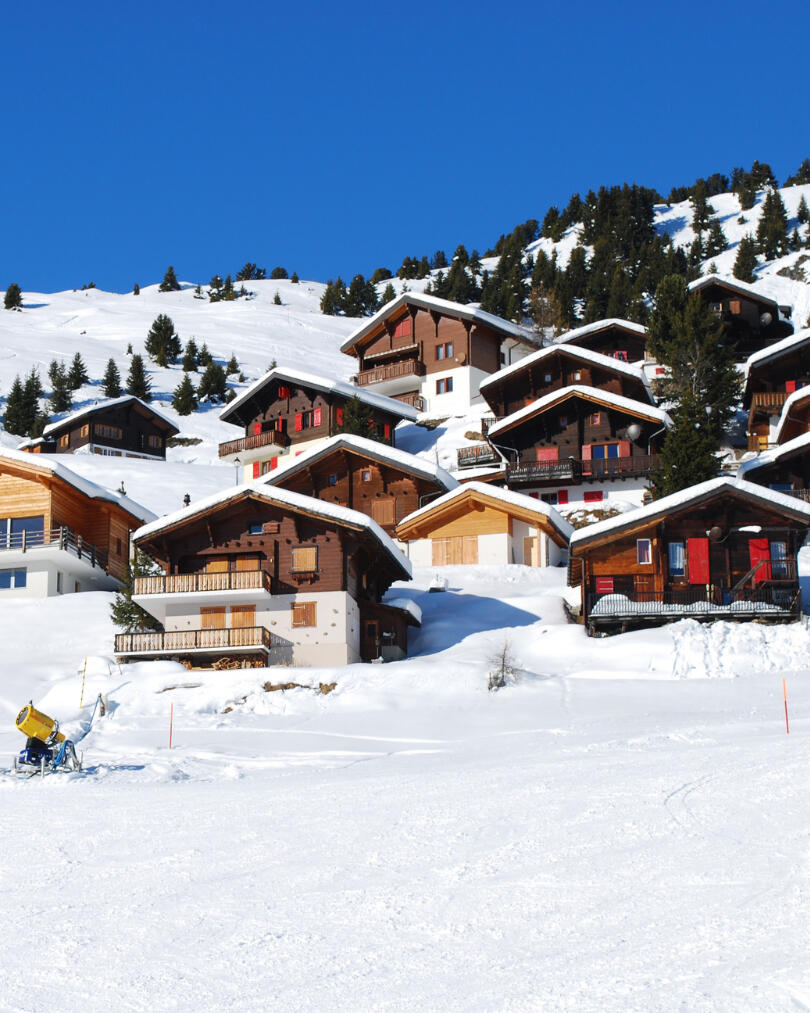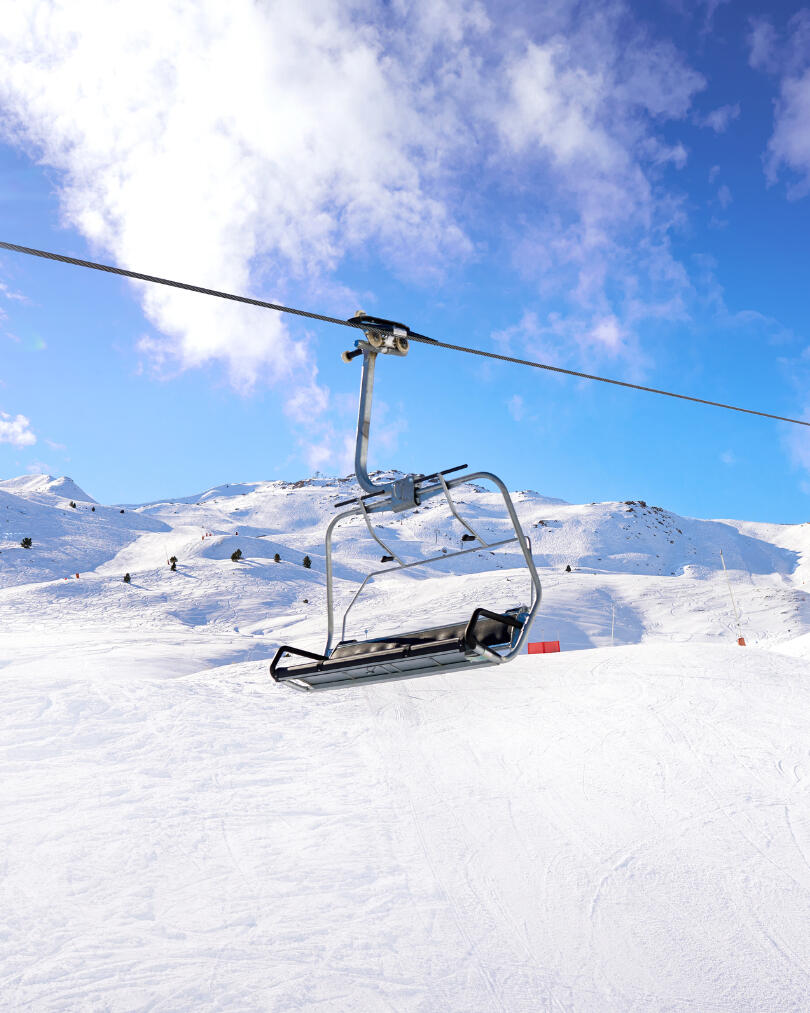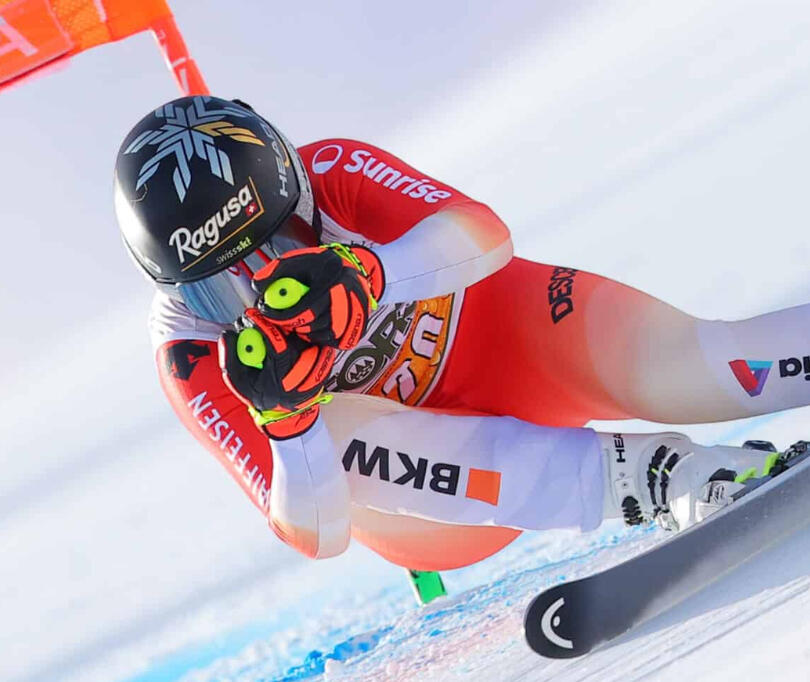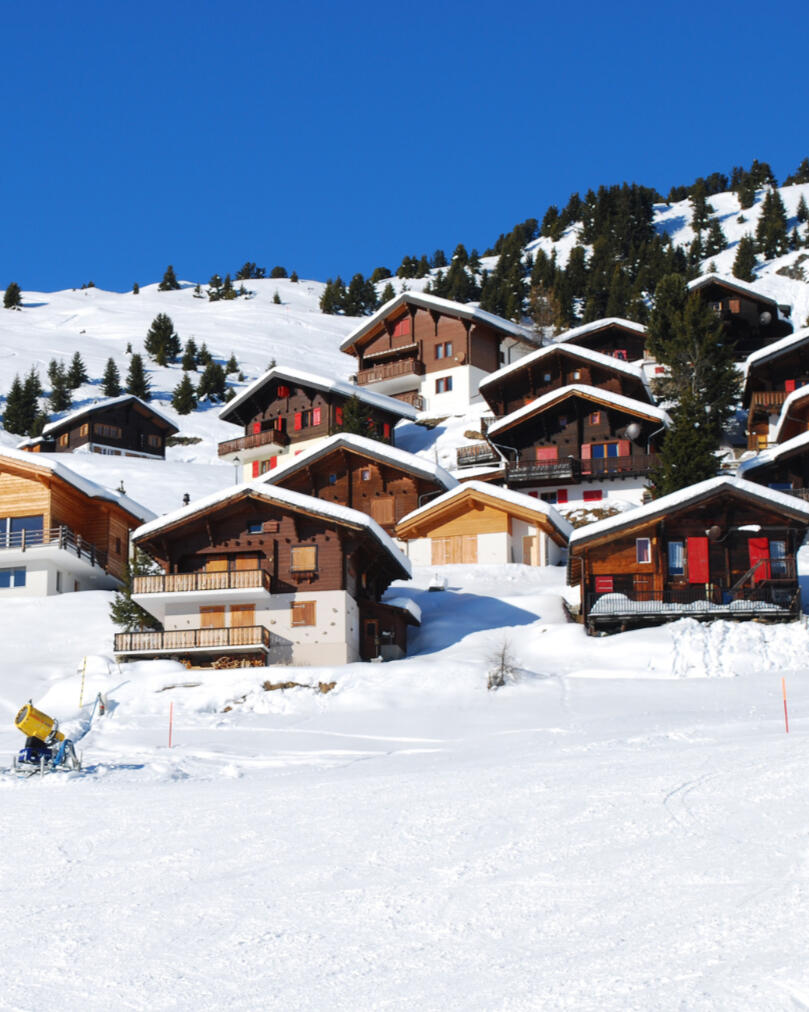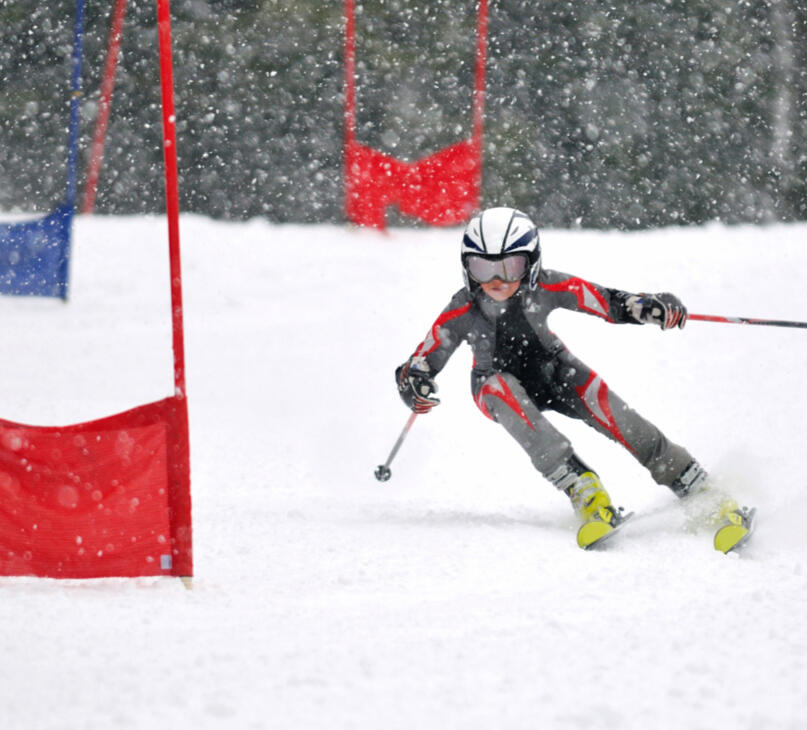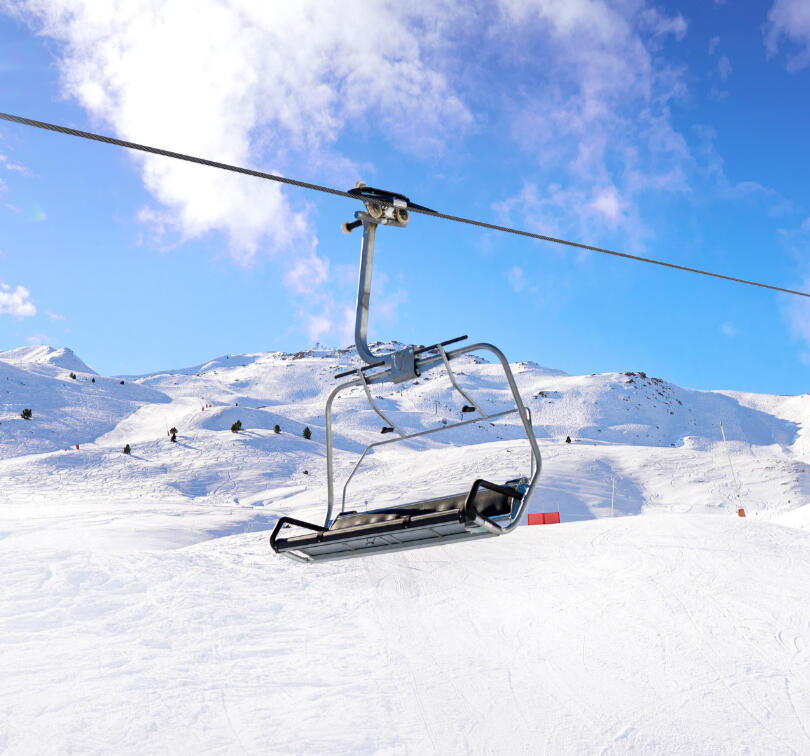Ski Race Gear
Everything you need to sharpen your edge: race tips, gear talk & updates.
The ultimate guide to choosing your first race suit
When every hundredth of a second counts, what you wear can make all the difference. For race skiers, a high-performance suit isn’t just about looking sleek, it’s a tool to reduce drag, enhance mobility, and maximize speed. Whether you’re gearing up for your first gate or chasing podiums, here’s everything you need to know about choosing, fitting and maintaining the perfect ski race suit.
3 must-have gadgets for race skiers this season
With ski season a few months away, now’s the time for serious racers to prepare and plan for an edge on the snow. Beyond skis and boots, three innovative gadgets are changing how racers train, communicate, and perform—even before hitting the slopes. Whether you’re chasing podiums or skiing smarter, these tools will boost your race game when the season starts.
Training Tips how to start your journey as a race skier
Dreaming of flying through the gates and chasing that perfect run? Race skiing is one of the most demanding and most rewarding disciplines on snow. But before you’re carving like the pros, you’ve got to build the right foundation. Whether you’re a young athlete or just stepping into the world of competitive skiing, here are five essential tips to kick-start your race ski journey the right way.
Top 5 Gear Upgrades Every Race Skier Should Try This Season
If you’re gearing up for the upcoming season and aiming to shave those critical tenths off your time or chase podium finishes, having the right gear is essential. As technology advances, your equipment should too. To get you race-ready, we’re highlighting five key gear upgrades every serious race skier should consider before hitting the slopes.
The ultimate guide to choosing your first race suit
When every hundredth of a second counts, what you wear can make all the difference. For race skiers, a high-performance suit isn’t just about looking sleek, it’s a tool to reduce drag, enhance mobility, and maximize speed. Whether you’re gearing up for your first gate or chasing podiums, here’s everything you need to know about choosing, fitting and maintaining the perfect ski race suit.
Why aerodynamics matter
In alpine racing, air resistance is your invisible opponent. A streamlined, aerodynamic race suit made with advanced materials like lycra and polyurethane coatings can reduce drag and help you glide through the course with less effort.These suits are designed to hug the body tightly, creating a smooth surface for airflow. Polyurethane panels in particular, found on many pro-level suits, offer an extra speed edge on straights and tucks.
Pro tip: Look for suits labeled “FIS approved” if you’re competing. They meet official safety and performance standards.
Beginner vs. pro suits: what’s the difference?
Not all race suits are created equal. Beginner suits prioritize flexibility and affordability, while elite-level suits focus on speed, compression and technical construction.Beginner suits tend to be slightly looser, making them more forgiving and easier to put on. They’re great for young racers or those just getting into competition.Pro-level suits like the Spyder Race Suits or the Helly Hansen Speed Suit feature compression zones, race-specific paneling and aerodynamic coatings. They’re engineered for top speed, but they require a precise fit and greater body awareness.
How to measure for the perfect fit
A proper fit is key. If it’s too loose, you’ll lose aerodynamics. If it’s too tight, you’ll sacrifice comfort and mobility. So here’s what to do:
Measure your chest, waist, hips and inseam with a flexible tape.
Refer to the brand’s size chart (they often vary slightly).
If you’re between sizes, size down for compression or size up for comfort (especially for juniors still growing).
Always try it on if possible and do a few race-specific movements, like tuck position to test flexibility.
How to take care of your race suit
To keep your race suit performing (and smelling) like new, a bit of extra care goes a long way. Always hand wash it in cold water using a mild detergent and avoid fabric softeners, bleach or tumble drying, as these can break down the high-performance materials. After washing, hang it to dry in a cool, shaded area, away from direct sunlight or heat sources, to preserve elasticity and coating integrity. When storing, lay it flat or hang it on a wide hanger to prevent stretching or creasing. Race suits are a serious investment, so treat yours with care to make it last all season long!
Ready to suit up?
Your race suit isn’t just a uniform, it’s a performance upgrade. With the right materials, fit and brand, you can ski faster, feel stronger and look like the racer you’re becoming. So start measuring, explore your options and get ready to fly through those gates in style and speed this season. Let the race season begin and make sure you’re dressed for the podium!
3 must-have gadgets for race skiers this season
With ski season a few months away, now’s the time for serious racers to prepare and plan for an edge on the snow. Beyond skis and boots, three innovative gadgets are changing how racers train, communicate, and perform—even before hitting the slopes. Whether you’re chasing podiums or skiing smarter, these tools will boost your race game when the season starts.
1. Ortovox Merino Thermovent base layer: lightweight and extra warm
Serious race skiers know that a great base layer can make or break your day on the slopes. Ortovox’s Merino Thermovent Long Sleeve offers unbeatable natural warmth, breathability and comfort. Perfect for intense training sessions and race days alike. Designed with active ventilation zones and an ergonomic fit, it keeps you dry and agile from start to finish. Ladies can check out the Merino Thermovent here and while men have their perfect match here. These base layers are a must-have for anyone serious about performance and comfort on race day!
2. Garmin epix Gen 2: the ultimate smartwatch for race skiers
Race skiing demands precision both on and off the slopes. The Garmin epix Gen 2 is your all-in-one performance partner. This rugged smartwatch offers advanced GPS tracking, detailed ski metrics and real-time health monitoring, including heart rate, oxygen saturation, and recovery insights. With its vibrant AMOLED display and long battery life, the epix keeps you connected and informed during intense training sessions and race days alike. Train smarter, track every run, and push your limits with the technology designed to keep up with you.
3. CLIPSTIC: ski carrier and hands-free gear
Carrying your skis around can be a hassle, especially during busy race days. The CLIPSTIC ski carrier is a game-changer, letting you clip your skis securely and sling them over your shoulder, freeing up your hands for gear prep or grabbing that essential pre-race espresso. Lightweight, easy to use and built for racers on the go. This gadget saves energy and hassle so you can focus on what matters: skiing fast.
Ready to take your race skiing to the next level?
Equipping yourself with the right gear can make all the difference when the race season kicks off. These innovative tools not only simplify your prep but also enhance your performance and comfort, giving you the confidence to push harder and ski smarter. Start preparing now and get ready to tackle the slopes with everything you need to reach your peak this season!
Training tips: how to start your journey as a race skier
Dreaming of flying through the gates and chasing that perfect run? Race skiing is one of the most demanding and most rewarding disciplines on snow. But before you’re carving like the pros, you’ve got to build the right foundation. Whether you’re a young athlete or just stepping into the world of competitive skiing, here are five essential tips to kick-start your race ski journey the right way.
1. Build a strong physical foundation
Race skiing isn’t just about perfect turns, it’s a full-body sport that demands power, stability and endurance. And that work starts long before you hit the slopes. Pre-season, off-snow training is just as crucial as on-snow practice if you want to stay fast and injury-free. Focus on these three pillars:
Strength: Build powerful legs, core, and glutes with exercises like squats, lunges, and deadlifts.
Balance: Improve edge control with balance boards, stability ball drills, and single-leg movements.
Cardio: Combine intervals and endurance workouts to stay sharp through every run from first chair to final gate.

